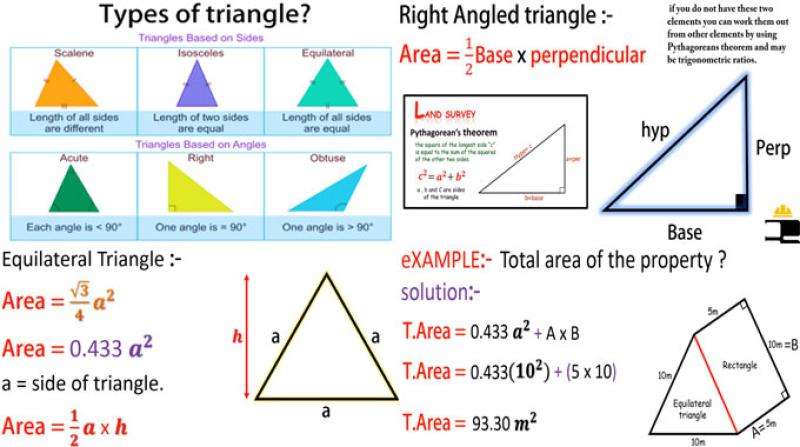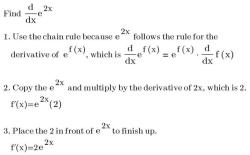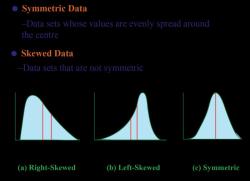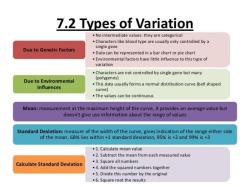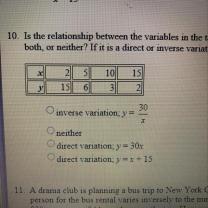What is the formula for the right triangle?
In a right-angled triangle, which is a triangle with one angle equal to 90 degrees, the formula for the Pythagorean Theorem is commonly used. The Pythagorean Theorem relates the lengths of the sides of a right triangle. If , , and are the lengths of the three sides of the right triangle, where is the hypotenuse (the side opposite the right angle), the Pythagorean Theorem is given by:
Here's a breakdown of the terms:
- and are the lengths of the two legs of the right triangle.
- is the length of the hypotenuse.
This theorem is fundamental to right-angled triangles and provides a way to find the length of one side if the lengths of the other two sides are known.
For example, if you know the lengths of the two legs ( and ), you can find the length of the hypotenuse () by rearranging the formula:
This formula is widely used in geometry and has various applications in fields such as physics, engineering, and computer graphics.
Geometric calculations: What is the formula for the right triangle?
The right triangle formula is a set of equations used to calculate the various properties of a right triangle, including its area, perimeter, and side lengths. The most fundamental formula in right triangle geometry is the Pythagorean theorem, which relates the three sides of a right triangle.
Introducing the formula for calculating the area and properties of a right triangle
Here are the key formulas for calculating the area and properties of a right triangle:
- Area: The area of a right triangle is calculated using the formula:
Area = (1/2) * base * height
where "base" and "height" represent the two legs of the right triangle that are perpendicular to each other.
- Perimeter: The perimeter of a right triangle is the total length of all its sides. It is calculated by adding the lengths of the three sides:
Perimeter = side 1 + side 2 + hypotenuse
where "side 1" and "side 2" are the two legs of the right triangle, and the "hypotenuse" is the longest side, opposite the right angle.
- Pythagorean theorem: The Pythagorean theorem relates the three sides of a right triangle:
hypotenuse^2 = side 1^2 + side 2^2
where "hypotenuse" is the longest side, opposite the right angle, and "side 1" and "side 2" are the other two sides. This theorem implies that the square of the hypotenuse is equal to the sum of the squares of the other two sides.
Tips for students and mathematicians in using the right triangle formula in geometry
Here are some tips for students and mathematicians in using the right triangle formula in geometry:
Identify the right triangle: Before applying the formulas, ensure you are working with a genuine right triangle, which has one right angle (90 degrees).
Label the sides correctly: Clearly label the sides of the right triangle as the base, height, and hypotenuse to avoid confusion in calculations.
Use appropriate units: Always express the side lengths and area in consistent units, such as centimeters, inches, or meters.
Learn the applications of right triangle formulas: Familiarize yourself with real-world applications of right triangle formulas, such as solving distance problems in trigonometry or calculating architectural angles in construction.
Practice with various examples: Regularly practice solving right triangle problems using the formulas to solidify your understanding and improve your problem-solving skills.
